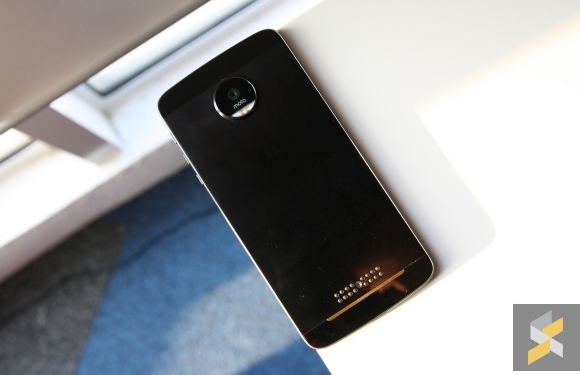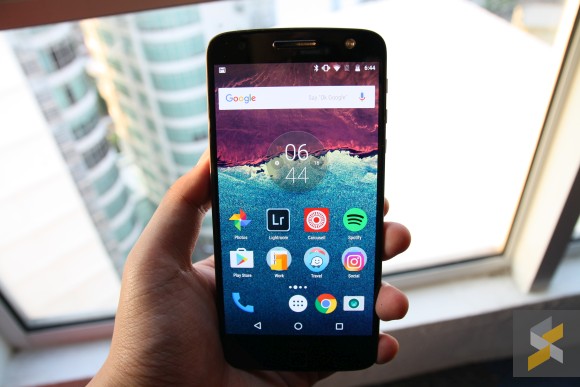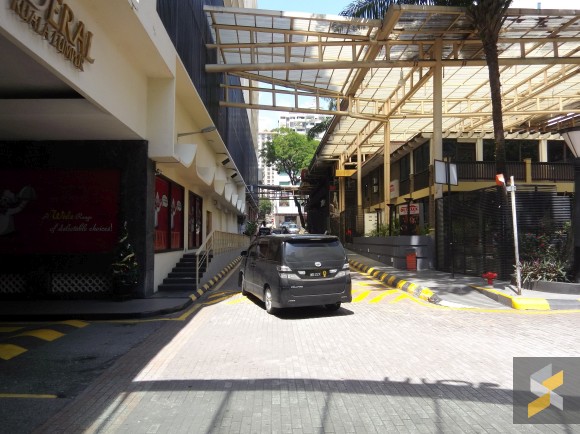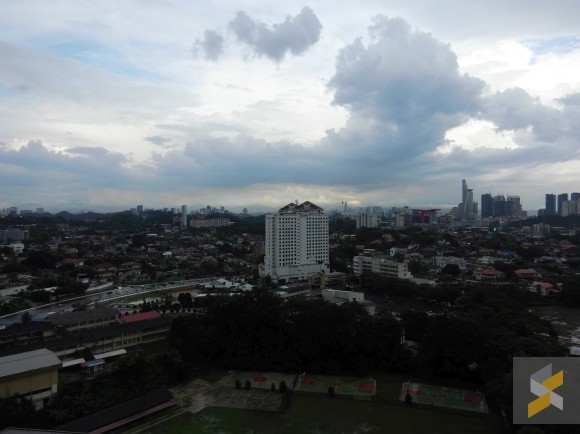I’d be lying if I said I didn’t buy into Moto’s idea of a “modular” smartphone. It was just so simple and elegant that you can’t help but think: “Why didn’t LG think of this?” But I made those assumptions based on what I saw at the launch.
What about in real life as a daily driver? Well, then it gets a little more complicated.
Let me start with the phone. It’s Moto’s flagship smartphone, so it’s packing some pretty nice specifications. But if you look a little closer, you’ll also notice that the flagship processor in the smartphone is actually underclocked. And it’s got a tiny battery. And it doesn’t have a headphone jack.
The Moto Mods then? Well, I believe that while modular components are very tempting in concept, it’s ultimately the price that will make or break them.
So does this mean that you shouldn’t buy a Moto Z? Well, let me put it this way: I love the concept, but I’d wait for what comes next.
[nextpage title=”The price for early adopters”]
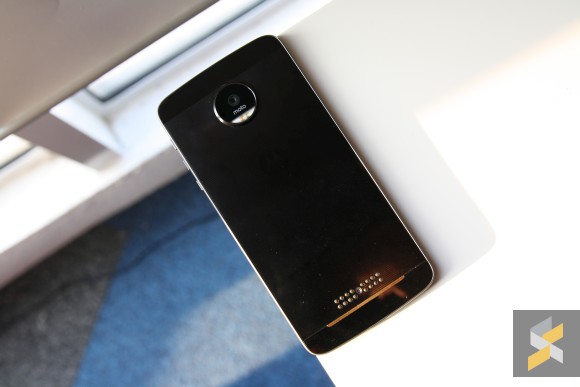
In movies, and in life, it’s always important to get your foundations right because that’s what you’ll be building everything else on top. I recently picked up skateboarding and a lot of the videos I watched emphasised the need to get your basics nailed to a tee. In skateboarding, that means your riding, your balance, your carving turns and your kick turns. Only then should you start with the base skill you need for most tricks — the Ollie.
In a semi-modular smartphone like the Moto Z, that foundation is the smartphone itself, and there are quite a few things to like about it. The first thing is the way it looks. It’s a real head turner and I love the edgy design.
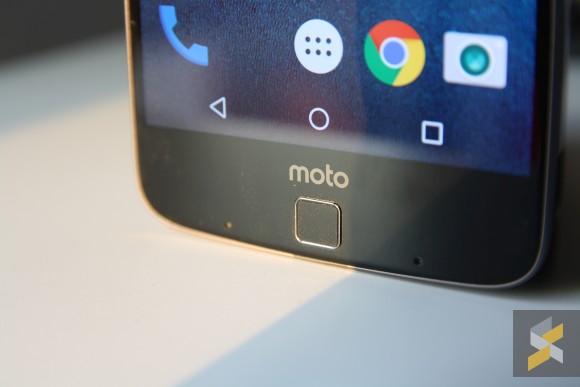
Of course, design is subjective — that goes without saying — but I can’t help but admire the amount of work it must have taken to produce such a unique-looking smartphone. I love the way it looks even though a lot of its design elements shouldn’t work on a smartphone. The large camera hump, the slightly too sharp edges, the uber thin profile and that weird fingerprint scanner that isn’t also a home button (it works well enough as a fingerprint scanner, though).
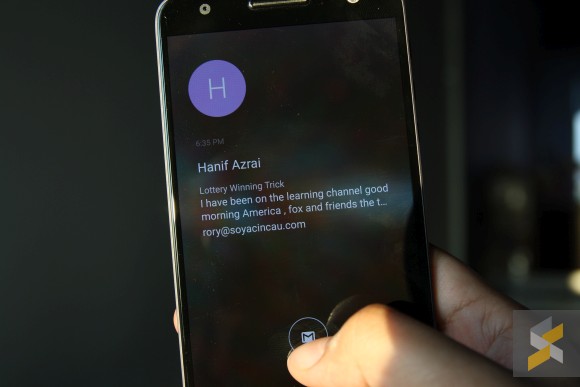
Moto also has one of the cleanest Android skins in the market right now. It’s very close to vanilla, which I love, but it also packs some great features. You get gestures like chop-chop to switch on the flashlight and twist-twist to launch the camera. But, perhaps the most useful feature is the glance screen. On the Moto Z’s glance screen, you can also preview your notifications by holding down on the notification icon. Want to launch into the app? Just swipe up and you’re in.
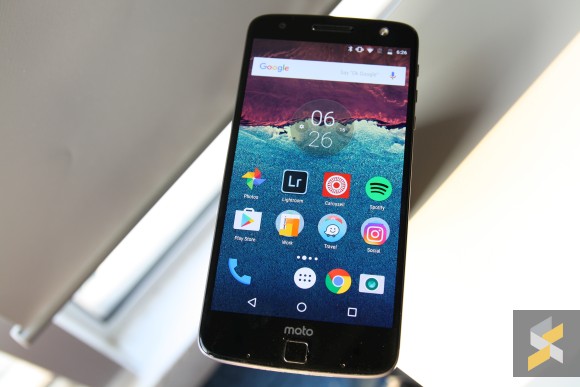
I also love the display. It’s 5.5 inches of crisp Quad HD AMOLED goodness that looks stunning with nice viewing angles to boot. Build quality feels pretty great too with nice clicky buttons, however, the individual buttons themselves were a little too tiny for my fingers.
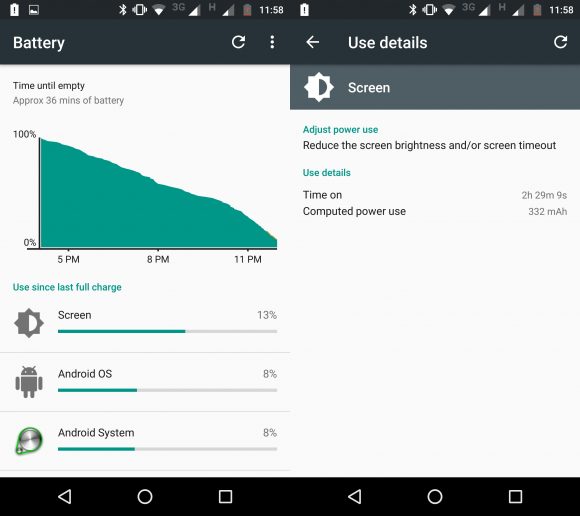
But, unfortunately, that thin body also means there were a whole bunch of limitations when including other smartphone-y features. For starters, you get a tiny 2,600 mAh battery which I can only get about 2 and a half hours of screen-on-time on average. This means you’ll have to charge your phone again before the end of the day. On the bright side, the small battery only takes one hour and 20 minutes to charge from dead, while 30 minutes will give you about 50%.
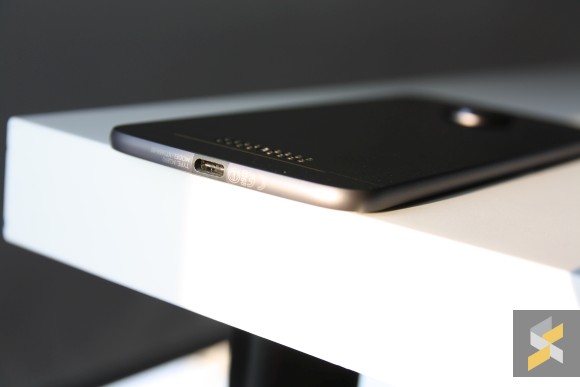
That thin body also means you don’t get a 3.5mm headphone jack. Instead, everything plugs into the USB Type-C jack which is a nightmare. Or #donglelife, depending on what camp you’re on. It’s a lot more inconvenient to carry around the included 3.5mm dongle for me, especially since I have multiple pairs of headphones (one in the office, one for travel and two at home) so I can’t leave it attached to one pair of headphones all the time.
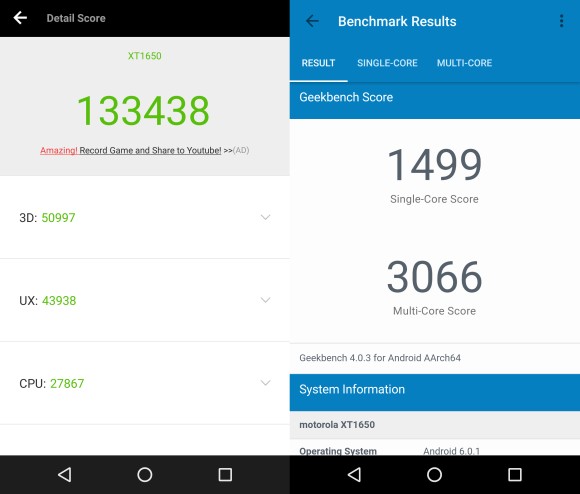
As far as performance goes, the Moto Z is powered by a Snapdragon 820 processor that’s clocked at 1.8GHz, 4GB of RAM and 64GB of expandable storage. This means, performance is smooth, but not particularly snappy. Though I doubt you’d notice in your daily activities. You will notice that it gets pretty hot under load, however.
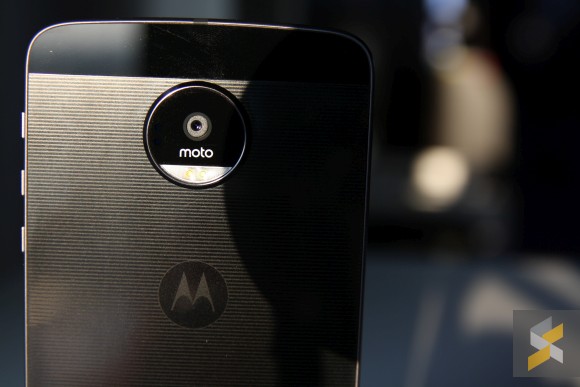
The Moto Z’s 13-megapixel f/1.8 OIS camera also isn’t the most immediate camera experience out there. It takes awhile to focus and capture a photo and if you’re doing that in low light, expect it to hunt a little for focus. Thankfully, photos do turn out pretty nice in good lighting.
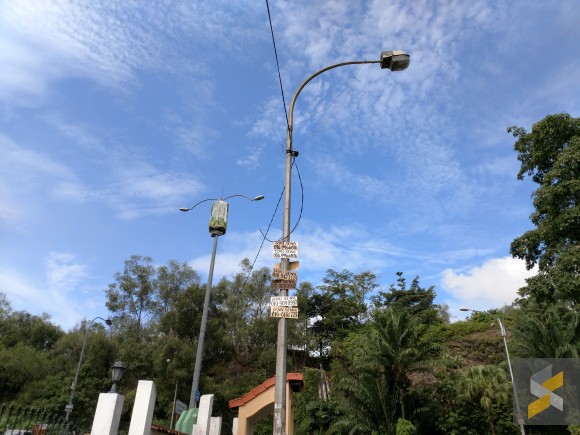
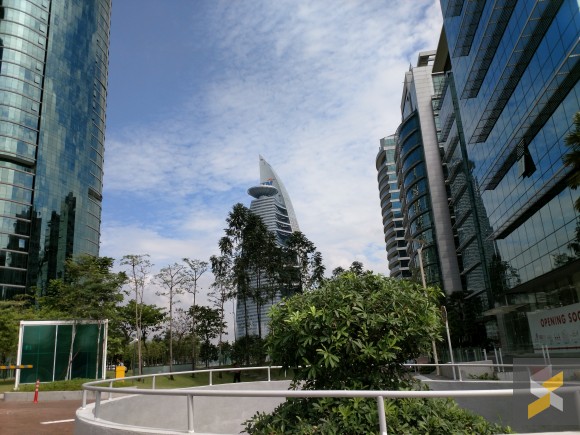

Unfortunately, things begin to fall apart in low-light as a lot of my photos end up rather grainy. You’ll also have to hold pretty steady if you don’t want handshake blur. But, you’re probably thinking: “I can just slap on the Hasselblad camera mod and I’ll have a great camera right?”. Well, not quite, but I suppose this is a fitting time to talk about the Moto Mods.
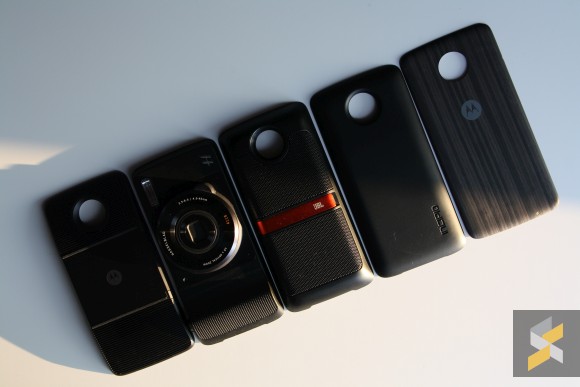
By far the most hyped Mod is the Hasselblad True Zoom Moto Mod — and for very good reason. It’s a “Blad” after all. Now I hate to be the bearer of bad news, but I think the photos from the Moto Z’s own camera looks nicer. It’s also snappier than the True Zoom as it takes less time to pull focus and capture a photo.
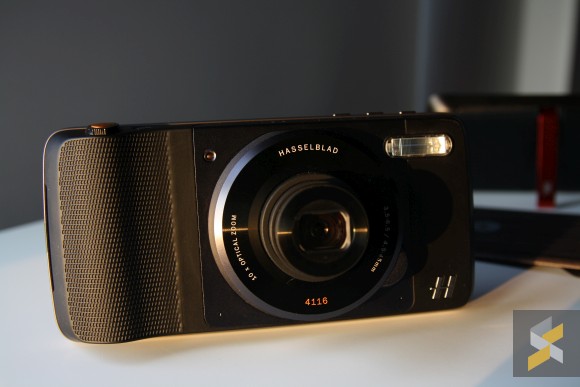
That said, the Hasselblad mod does have its strengths. For example, you get a full set of manual controls, a dedicated zoom toggle, a dedicated shutter button and really bright flash. Then, of course, you have that amazing 10x optical zoom. Yes, 10 times.
Here’s a practical demonstration of before zooming:

And after zooming:

I’m impressed. But all of this has a price: RM1,299, in fact, which is a lot of money for something that is inconvenient to store and takes pictures that are comparable (sometimes worse) than your onboard camera.
Moto Z:

Hasselblad:
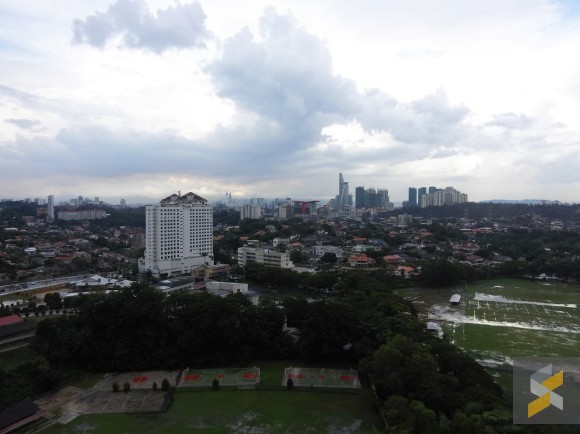
Actually, the Hasselblad Mod really sums up the Moto Mods as a whole. Yes, the idea is great and some of them are genuinely useful, but they’re all waaaay too expensive. You’re already paying a RM2,799 for the Moto Z itself, then you’ll have to fork out anywhere from RM499 to RM1,399 for a separate Mod.

Yes, they don’t make the phone worse, but they don’t improve it enough to justify their price tag either. The InstaShare projector Mod (RM1,399), for example performs about the same as Lenovo’s own RM1,099 Pico Projector. The RM499 Incipio offGRID Power Pack mod? Yeah, it will pretty much double your battery life, but it also makes your smartphone really, really hot from the constant charging.
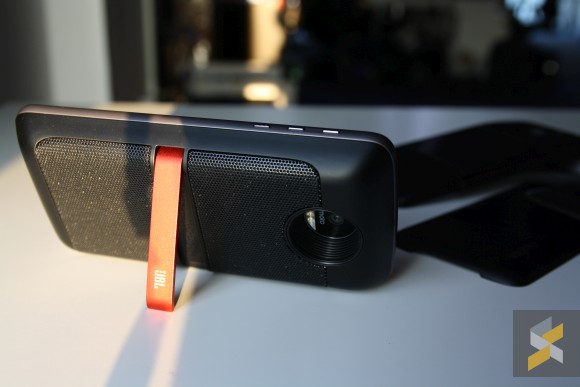
That said, I do have a favourite and that’s the JBL SoundBoost speaker Mod. It’s awesome. The Moto Z’s onboard speaker is located in its earpiece — so it sounds hopeless — but with the JBL Mod, you’re immediately getting a better audio experience. You get a richer sound, more defined bass, more volume and a kickstand. And the best part is it makes everything louder — your alarms, your ringtone and your speakerphone conversations too!
But, the RM599 price tag attached to it is hard to swallow. You can get a brand new smartphone for that kind of money. Or a kickass Bluetooth speaker.
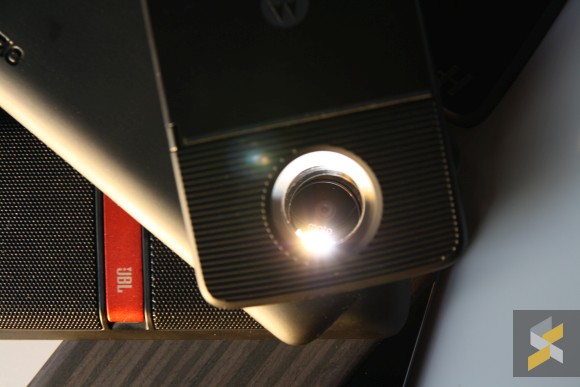
And that’s pretty much the whole Moto Mod experience. Yes, some of these mods are very useful, but they simply cost too much right now to be a practical purchase. However, you probably already knew this coming in. This is all still early-adopter technology so you’re definitely going to pay a premium and nobody can really blame Moto for it because their implementation is brilliant — it’s just the technology hasn’t caught up nor has it become cheap enough yet.
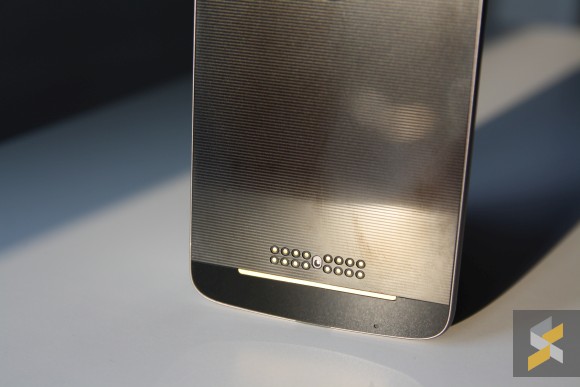
Credit where credit is due, I think Moto did a great job with the implementation of their semi-modular design. Magnets were always the way to go for this kind of smartphone and the way Moto integrated that with the seamless snap-on snap-off nature of it is so elegant. It’s just a little too expensive to pay a flagship price for a Moto Z and then be expected to drop anywhere from RM500 to RM1,400 for additional Mods.
If you want to get in on this ecosystem now, I’d personally go for the Moto Z Play instead because that has an excellent battery life — courtesy of the frugal Snapdragon 625 plus a larger battery — and smooth performance. The Z Play is also a lot cheaper than the Moto Z, coming in at RM1,799.
That said, I am pretty excited for what Moto has in store for us in their next modular smartphone iteration and I think you should be too.
[nextpage title=”Gallery”]
Here are more photos from the Moto Z and the Hasselblad True Zoom camera Mod. Click on each image to view its full resolution.
Moto Z
Hasselblad:
No Zoom:
With Zoom:
No Zoom:
Zoom:
No Zoom:
Zoom:
No Zoom
Bonus selfie:
It’s got a front flash!

